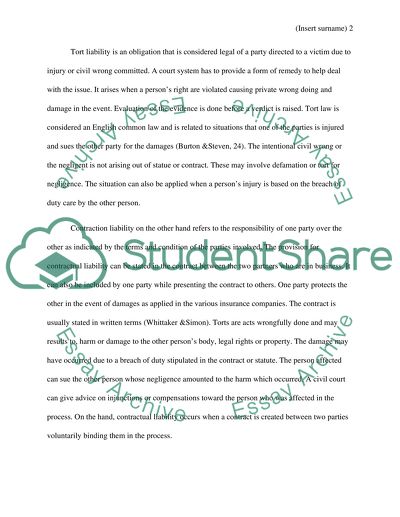Cite this document
(“Aspects of Contract and Negligence for Business 2 Essay”, n.d.)
Aspects of Contract and Negligence for Business 2 Essay. Retrieved from https://studentshare.org/law/1666982-aspects-of-contract-and-negligence-for-business-2
Aspects of Contract and Negligence for Business 2 Essay. Retrieved from https://studentshare.org/law/1666982-aspects-of-contract-and-negligence-for-business-2
(Aspects of Contract and Negligence for Business 2 Essay)
Aspects of Contract and Negligence for Business 2 Essay. https://studentshare.org/law/1666982-aspects-of-contract-and-negligence-for-business-2.
Aspects of Contract and Negligence for Business 2 Essay. https://studentshare.org/law/1666982-aspects-of-contract-and-negligence-for-business-2.
“Aspects of Contract and Negligence for Business 2 Essay”, n.d. https://studentshare.org/law/1666982-aspects-of-contract-and-negligence-for-business-2.


